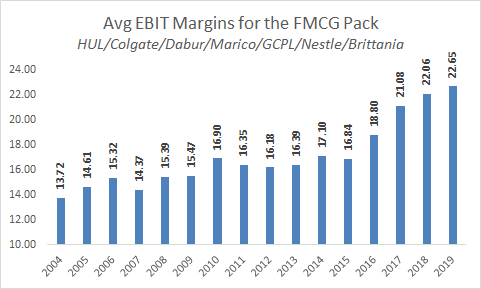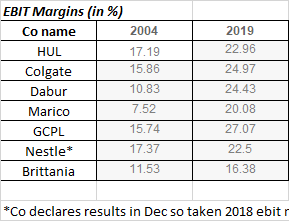Debt/Borrowing and it’s Impact on Share Price in Investing
Introduction
Debt or borrowed fund is used by companies for various purposes. It can be used either for expansion of business or repayment of higher rate debt or for working capital needs. Debt comes at a certain terms and condition and has implications on the business. It makes sense to borrow funds when company is capable to generate higher rate of return then the rate at which fund is borrowed. Eg. If Company generates return of 18% in it’s business then it makes sense to borrow funds at rate lower than 18% and deploy it in business. Debt creates leverage which fuels growth of the business. Debt if used properly in business can help it grow multi-fold. However, if a company has excess debt then it can affect the cash flow as well as profitability of the company. Many instances have been observed where companies have gone into liquidation/insolvency due to excessive debt.
Major Uses of Debt :
- Expansion of Business ( Capital Investment )
- Working Capital Needs (Funding Debtors +Inventory )
- Repayment of Existing Debt which has a High rate of Interest
Important Points related to Debt from Investment Perspective :
-
Investors must check credit rating performed by various rating agencies in respect of the debt of the company. For listed companies it is available online. It can give investor an idea in respect of credit profile of the company. If credit rating of the company is good it can borrow fund at lower rate of interest. Companies with bad credit rating should be avoided for investment because its cost of borrowing will be higher and also possibility of default is higher so shareholder risk is increased in such case
-
Debt to equity ratio upto 2 is considered to be safe for investing in a company. Many infrastructure companies in India borrow excess funds and when project gets halted due to any reason and there is cash-flow crunch it results in default and many other problems which ultimately and unfortunately erode share holder value
-
Purpose for which a company borrows fund is very important to understand from investor stand point. When fund is borrowed for expansion of business then for initial period when the new unit is being setup only costs are recorded and so profit goes down initially. Once the plant is ready and starts generating sales then higher profits become visible and share prices are likely to go up
-
When a company borrows fund for working capital one has to ensure that it does not have unusual high value of inventory(stock) or high debtor days than industry average. If it is so, it may indicate that inventory(stock) is not real and is being used to cover up some loss which is not being reported. Similarly high debtor days may indicate that some of debtors have turned bad debt but not being reported
-
If a company borrows fund regularly to repay the old debt it is not a sign of healthy company . It may indicate that company is not able to generate enough cash-flow from the business in the longer run to make the repayment of principal value of debt
-
Default in debt repayment is not a sign of healthy company. Due to extra-ordinary circumstances or one time event if such thing happens then it can be ignored. But if proper justification is not available then investor must exercise caution while investing in such companies and should be avoided to the extent possible
-
Investors must avoid companies with excessive debt . Companies which have debt to equity ratio in excess of 2 shall be totally avoided
-
In case debt is raised from outside the country , then investor must check the annual report to ensure that proper hedging has been done for the same so that currency fluctuation does not have impact on the profitability of the company


